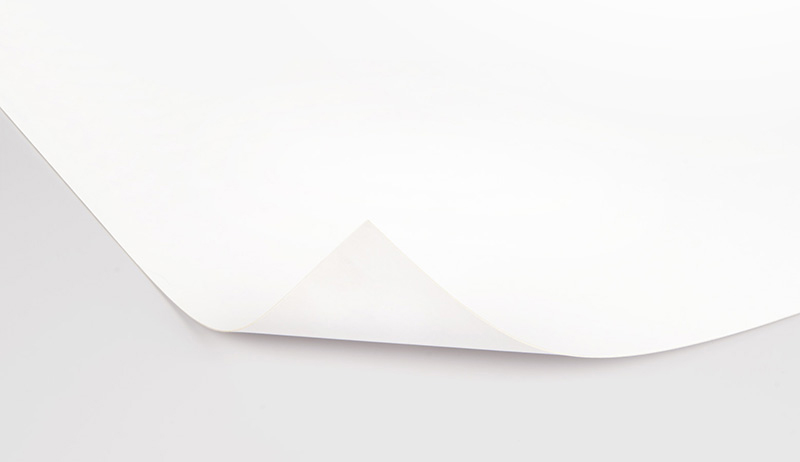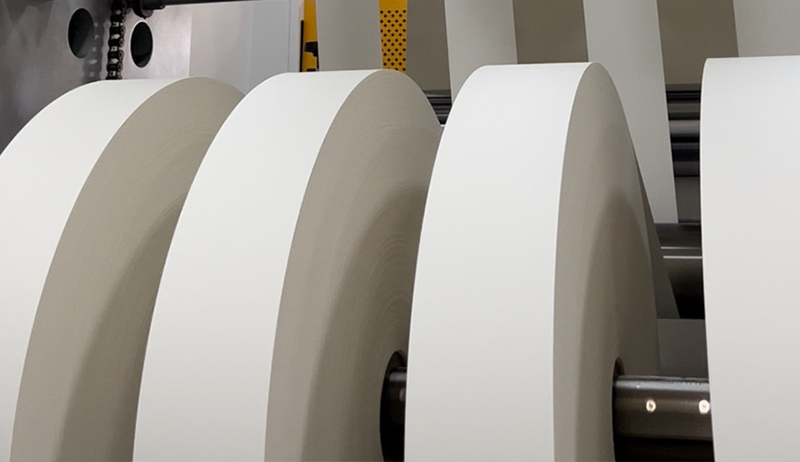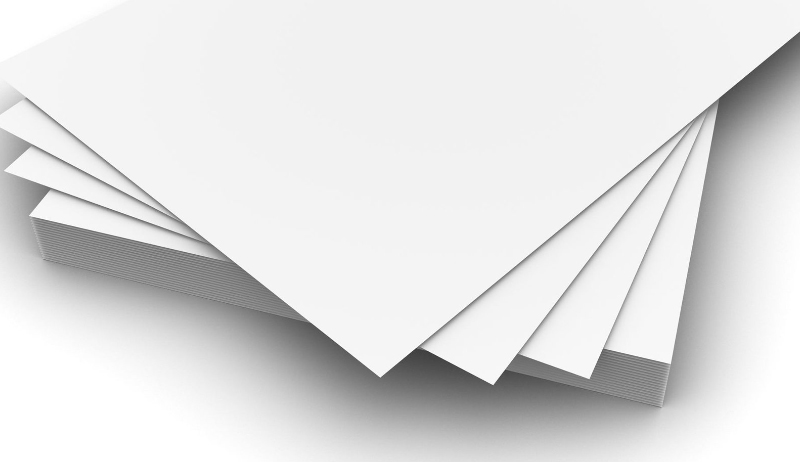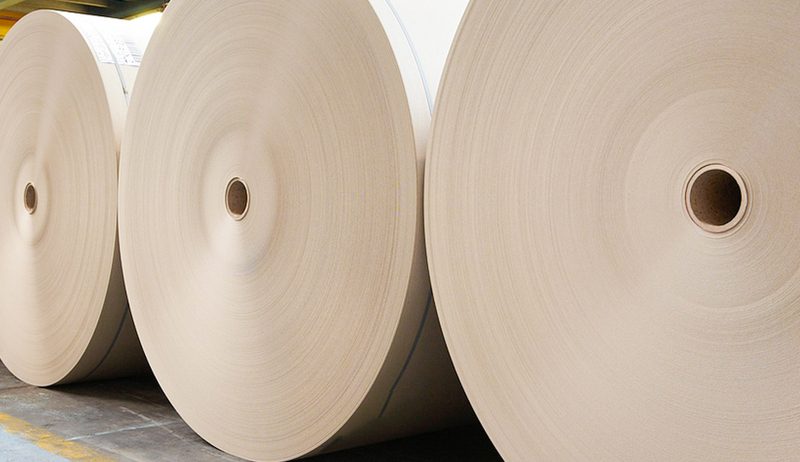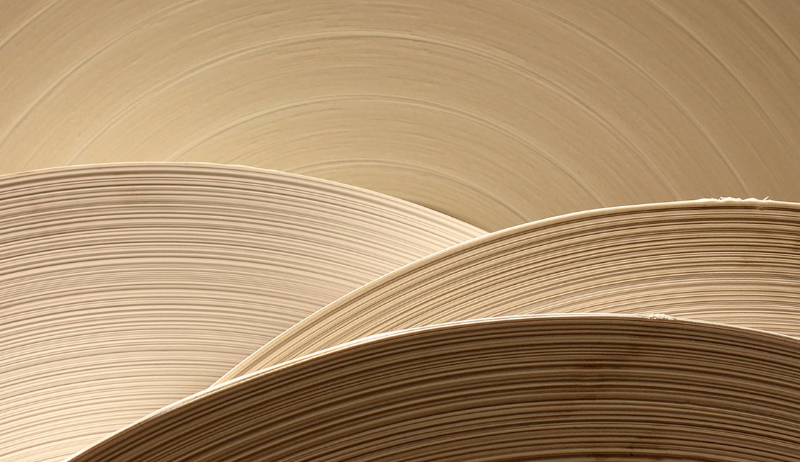Author: Admin
Date: Mar 22, 2024
What are the reasons for using E+ series PP/PE coated paperboard as packaging materials?
E+Series PP/PE Coated Paperboard Paper packaging material is a high-performance packaging material that combines the advantages of polypropylene (PP) and polyethylene (PE) and is widely used in various packaging fields. It has excellent physical properties, chemical properties and processing properties, making it an indispensable part of the modern packaging industry.
E+Series PP/PE Coated Paperboard Paper packaging materials have excellent mechanical properties. Its high tension and strength allow it to withstand forces such as stretching, squeezing and tearing during the packaging process, protecting the products in the package from damage. The material's high toughness also makes the packaging more durable, able to withstand vibrations and collisions during transportation and maintain product integrity.
E+Series PP/PE Coated Paperboard Paper packaging materials do have excellent waterproof and moisture-proof properties. This material is usually made by coating polypropylene (PP) or polyethylene (PE) on the surface of cardboard. PP and PE are polymers that have excellent waterproof and moisture-proof properties, making this coated paperboard widely used in the packaging industry. Both PP and PE are hydrophobic materials, so they can effectively prevent moisture from penetrating into the packaging material. This means that in humid environments, this packaging material can protect the product from water, thereby extending the shelf life of the product. At the same time, they have good moisture-proof properties and can effectively prevent moisture in the air from penetrating into the packaging materials. This is especially important for products that need to be stored or transported for long periods of time, as moisture-resistant properties reduce the risk of the product becoming damp, spoiling, or damaged. Because their cardboard surfaces have certain wear and tear resistance, the packaging is stronger and the products are safer.
E+Series PP/PE Coated Paperboard Paper packaging materials also have good corrosion resistance and chemical stability. Since polypropylene (PP) and polyethylene (PE) have good chemical stability, the PP/PE layer coated on the surface of cardboard can resist the erosion and corrosion of many chemical substances. This means that this packaging material can be safely used to package some corrosive products such as chemicals, food, pharmaceuticals, etc. Their chemical stability is demonstrated by their ability to maintain their structure and properties in a variety of chemical environments. This allows the coated cardboard packaging material to maintain its integrity under different storage conditions without being altered or damaged by the influence of chemicals.
E+Series PP/PE Coated Paperboard Paper packaging materials also have good processing properties. E+ series PP/PE coated paperboard is generally easy to cut, trim and form, which allows manufacturers to easily create packaging in a variety of shapes and sizes as needed. Due to its softness and moderate elasticity, this material is easy to fold and bend, which allows packaging manufacturers to fold it into the desired shape for convenient packaging of products. E+ series PP/PE coated paperboard is usually able to bond well with other materials (such as glue, tape, etc.), which helps maintain the structural integrity of the package during the packaging production process. Due to its relative softness and plasticity, this material can be adapted to a variety of different packaging needs and can be used to make various types of packaging, such as boxes, bags, trays, etc. At the same time, it usually has a stable size and shape, which allows it to maintain stability during processing and is not easily deformed or twisted.
E+Series PP/PE Coated Paperboard Paper packaging materials have a variety of excellent properties and are suitable for various packaging scenarios. Whether it is food, medicine, chemical industry or other industries, this high-performance packaging material can be used to protect the safety and quality of products and meet the needs of consumers.
Contact Us
Leave A Comment
Our Mould


 English
English Español
Español

